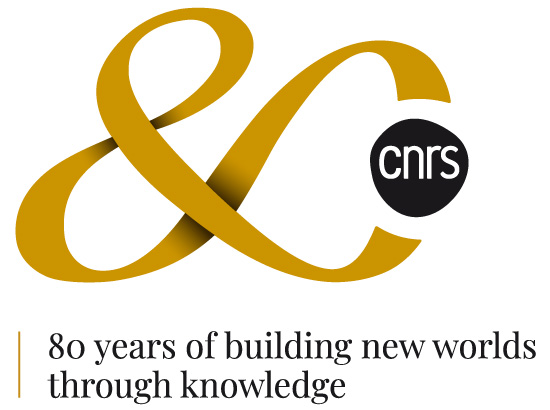Predicting Scour at River Bridge Abutments over Time
Good prediction of scour depth over time is essential for the design of river bridge foundations. In this study, two empirical models are developed to predict the temporal variation of local scour at uniform-section bridge abutments and those with enlarged bases, known as ‘compound’ abutments. The concepts of the principal vortex and the volumetric rate of sediment transport theory are employed to develop the models. The critical bed-shear stress at the scour hole is chosen as a criterion to determine the equilibrium scour depth. To validate the models, experiments are conducted on compound and uniform abutments under clear water conditions. A comparison between the calculated and observed data indicates that the models are able to predict the temporal variation of the scour depth with reasonable accuracy, particularly for abutments with short lengths.

















